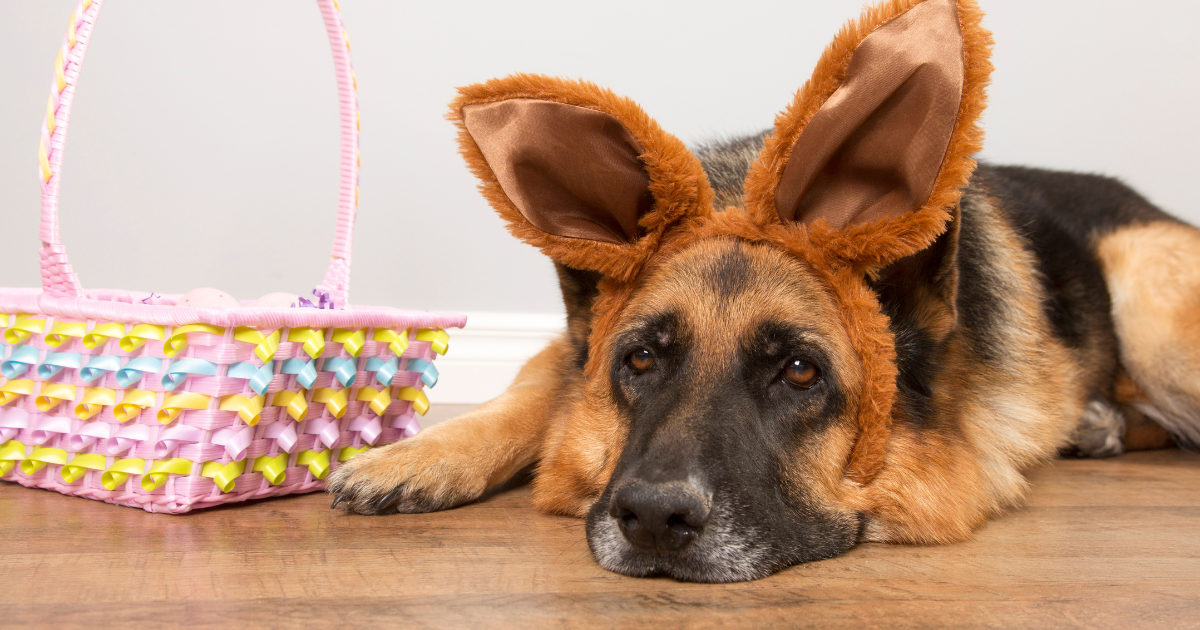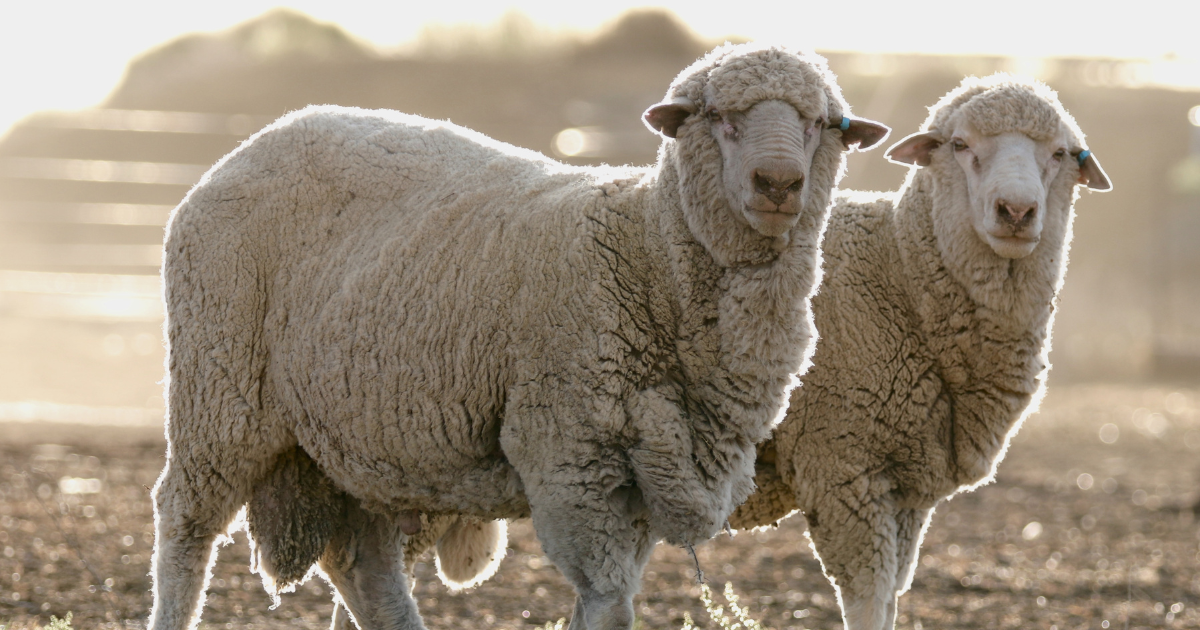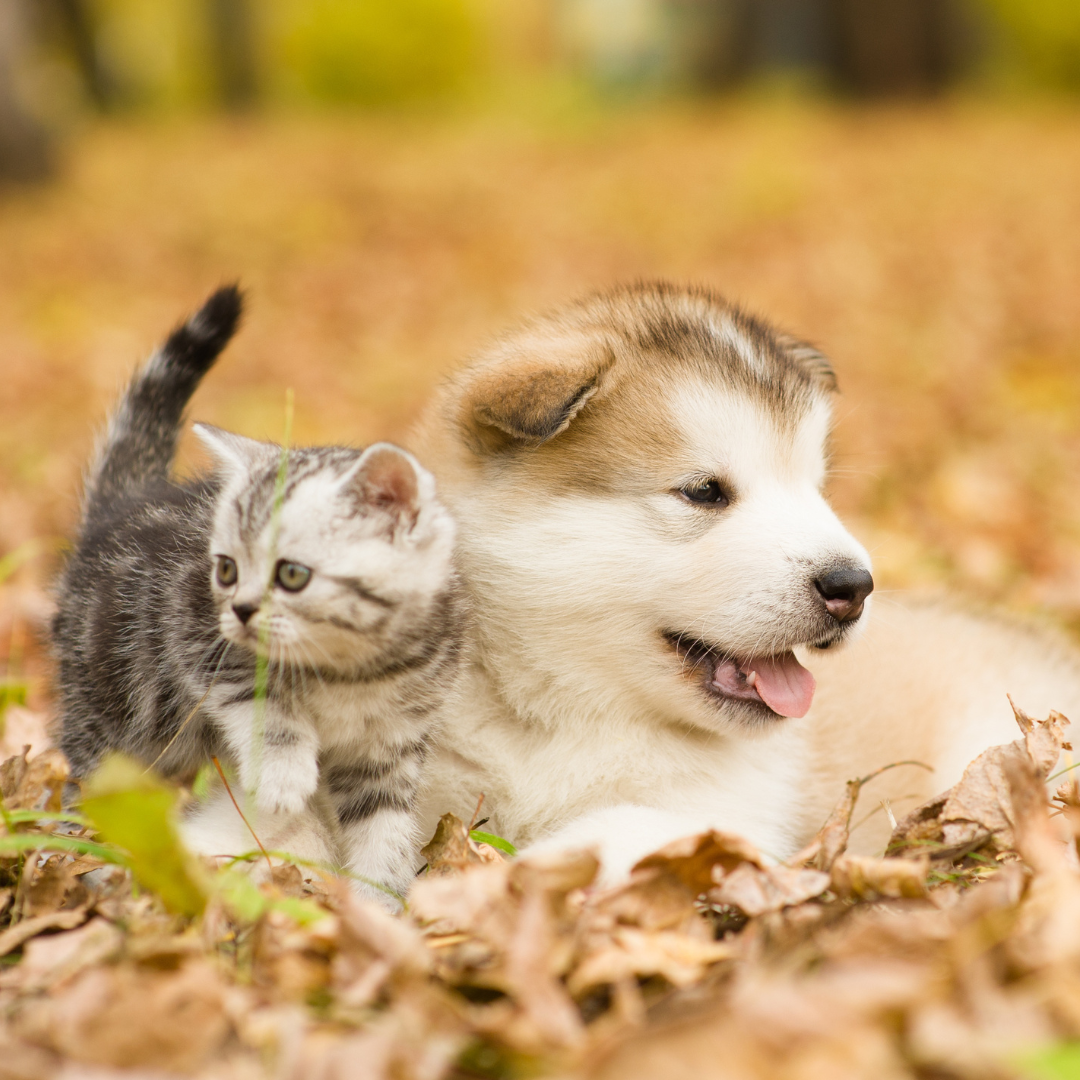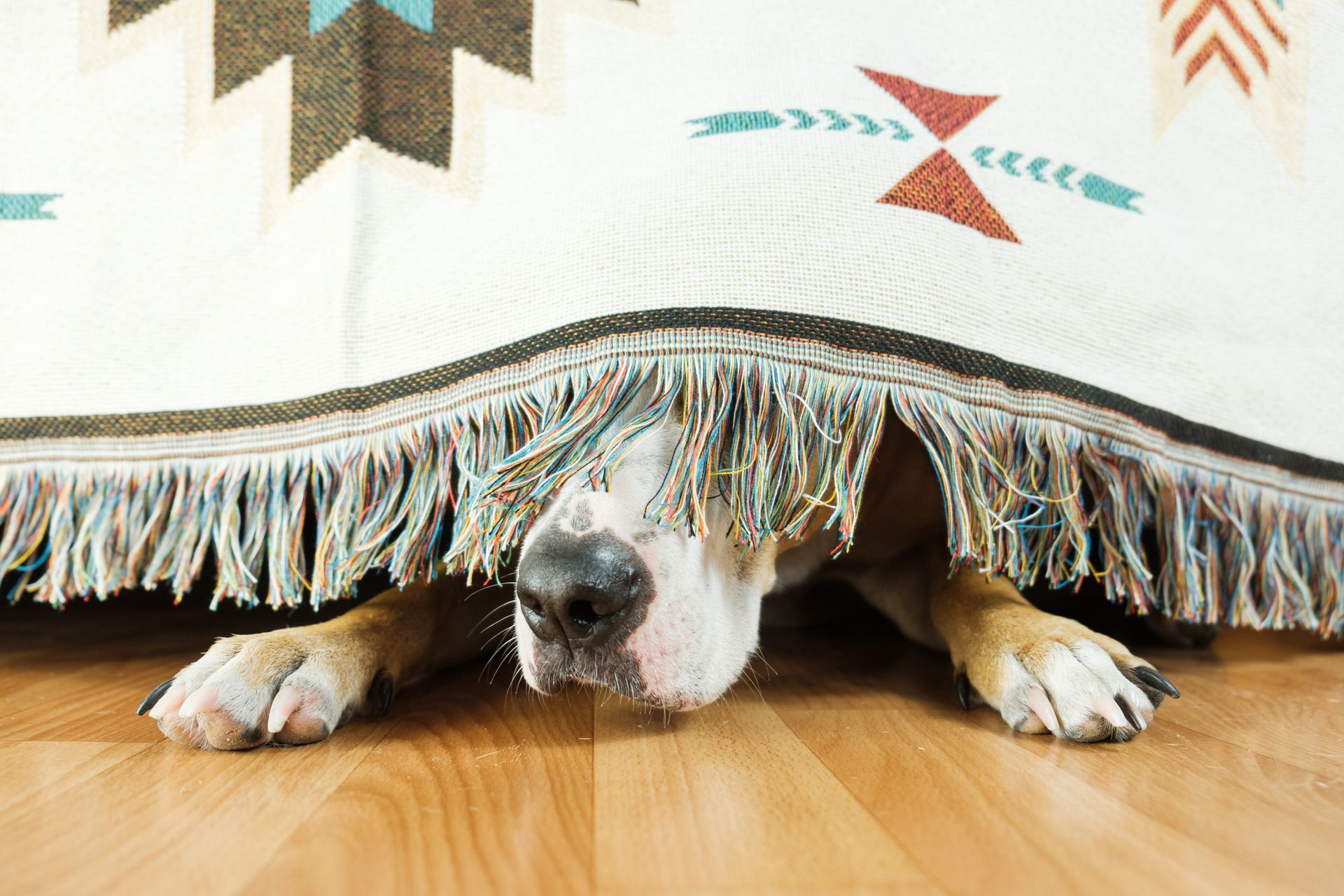B L O G
The Chronicles of Yass Valley Vets

As the weather warms up and flowers bloom, both pets and their owners enjoy spending more time outdoors. However, with the beauty of spring and summer comes the increased activity of bees and other stinging insects. While bees are vital for the ecosystem, they can pose a danger to curious pets who may get a little too close. A bee sting may cause pain, swelling, and, in some cases, serious allergic reactions. So, how do you keep your pet safe from bee stings, and what should you do if they get stung? Here’s everything you need to know about pets and bee stings: Why Do Pets Get Stung? Pets, especially dogs, tend to be curious creatures. They often chase after buzzing insects or paw at them out of curiosity. This behaviour puts them at risk of getting stung, particularly on the face, paws, or mouth. Cats are usually more cautious, but even they can be victims of bee stings if they play with or disturb a bee. Signs Your Pet Has Been Stung by a Bee Pets can’t tell us they’ve been stung, but there are several signs to watch for, including: Sudden yelping or pawing at the face or mouth Swelling, redness, or hives at the sting site Biting or licking the area where they’ve been stung Drooling or difficulty swallowing (if stung in the mouth or throat) Limping if they were stung on the paw General discomfort or restlessness When to See Us Most bee stings will heal on their own with minimal care. However, you should seek veterinary attention if: Your pet has been stung multiple times. The sting is near their eyes, mouth, or throat. They show signs of an allergic reaction (swelling of the face, difficulty breathing). They continue to show pain, limping, or discomfort after 24 hours. Preventing Bee Stings in Pets While you can’t always prevent your pet from encountering bees, here are a few tips to reduce the risk: Supervise outdoor play: Keep an eye on your pet when they’re outside, especially around flowering plants where bees may be active. Avoid areas with high bee activity: Steer clear of places with lots of flowers, gardens, or clover patches when walking your dog. Teach “leave it”: Training your dog to ignore buzzing insects can help prevent them from chasing or pawing at bees. Keep food covered: Bees are attracted to sweet treats, so avoid leaving food uncovered during outdoor picnics or barbecues where your pet might explore. Bee stings are an unfortunate part of outdoor life, but with some preparation and knowledge, you can help your pet avoid the worst. Always monitor your furry friend when they’re exploring outdoors, and if they do get stung, know the steps to take to keep them comfortable and safe. Remember, if your pet shows signs of an allergic reaction or gets stung multiple times, seek veterinary care immediately. With a little care and caution, your pet can enjoy the outdoors safely this spring and summer!
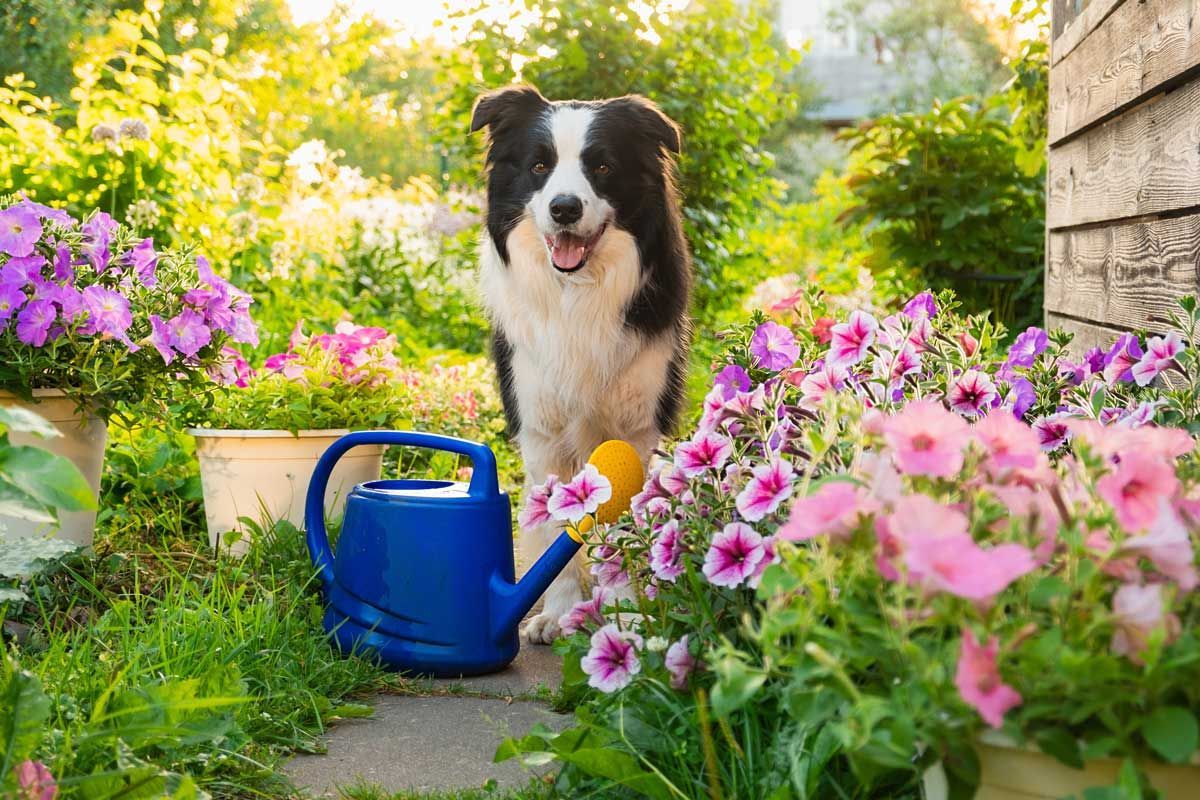
With the arrival of Spring and the rise in temperatures, it's important to prepare your furry companion for the potential health challenges that come with the season. Parasites like ticks and fleas become more active, and exposure to grass seeds, allergens and biting insects increases. A proactive Spring Wellness Checkup can help ensure your pet is in optimal health and ready to enjoy all the outdoor excitement the season brings. Here’s why a Spring Health Check is a must for your pet: 1. Ticks, Fleas, and Parasite Prevention As temperatures rise, ticks and fleas become more active, posing a serious threat to your pet’s health. These parasites can carry diseases like Lyme disease and tapeworm, which can affect both pets and humans. A wellness exam will allow your veterinarian to: Check for signs of tick and flea infestations. Recommend year-round prevention through topical treatments, oral medications, or even the new injectable options for annual protection. Discuss deworming schedules to ensure your pet stays parasite-free, especially after spending more time outside. Tip: Protecting your pet from ticks and fleas is key to preventing serious illnesses. Talk to your vet about the best option for your pet’s life stage and lifestyle. 2. Vaccination Updates Spring brings more outdoor exposure to other animals, increasing the risk of diseases like parvovirus, distemper, and kennel cough. If your pet’s vaccinations are due for renewal, now is the perfect time to update them. We will: Review your pet’s vaccination schedule and ensure they are up to date on core vaccines. Discuss non-core vaccines, such as the leptospirosis vaccine, which is recommended for pets who spend time outdoors in rural or wooded areas. Vaccines are essential for preventing serious diseases, especially as your pet comes into contact with more animals during walks, playdates, or visits to the park. 3. Allergy Awareness and Management Spring is beautiful, but it can be tough for pets with seasonal allergies. Pollen, grass, and even insect bites can trigger allergies, leading to itchy skin, watery eyes, or constant licking. During your pet’s spring wellness exam, we can: Identify signs of seasonal allergies and recommend treatments such as antihistamines, special shampoos, or dietary changes to ease symptoms. Offer advice on preventing allergic reactions, including avoiding certain outdoor areas during peak pollen times and using allergy-friendly products at home. Allergies can affect your pet’s comfort, so it’s important to catch them early and manage them effectively. 4. Nutrition and Weight Management Many pets tend to gain weight during the winter months due to reduced physical activity. Spring is a great time to assess your pet’s diet and activity level to ensure they’re in top shape. Get in touch with us to: Evaluate your pet’s weight and recommend a suitable diet if they’ve put on a few extra pounds. Provide nutritional advice tailored to your pet’s breed, age, and activity level to support healthy weight loss or maintenance. Suggest enrichment activities to keep your pet active and engaged, from outdoor play to interactive toys. Proper nutrition and regular exercise are key to keeping your pet healthy year-round. Schedule Your Pet’s Spring Wellness Exam Today Spring is the perfect time for a fresh start — for both you and your pet. By scheduling a spring health check, you’re giving your pet the best chance to thrive during the warmer months. From flea and tick prevention to vaccinations, allergy management, and beyond, a wellness exam ensures your pet is healthy, protected, and ready to enjoy the great outdoors. Don’t wait — book your pet’s spring wellness exam today and keep them safe and happy all season long


